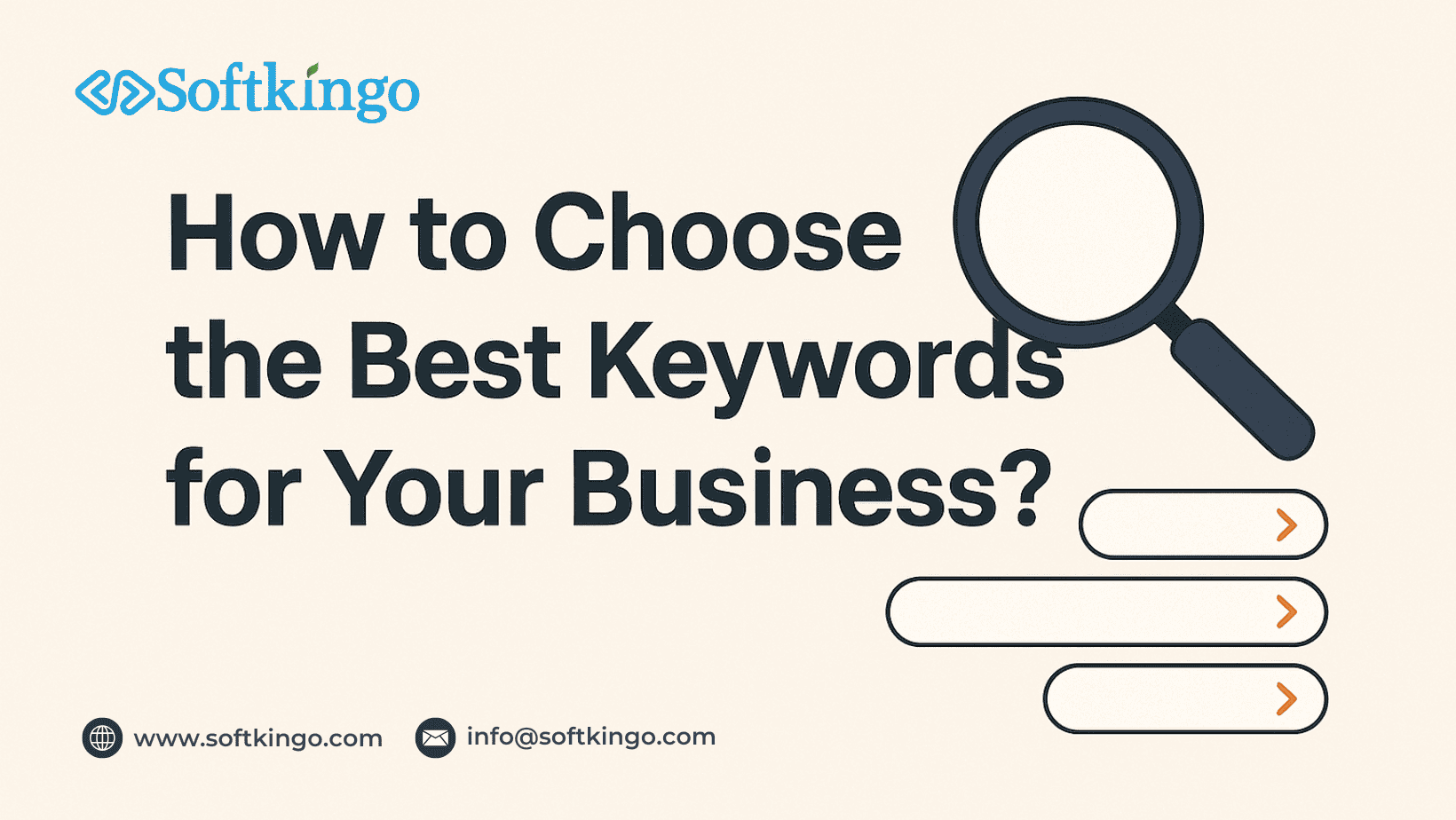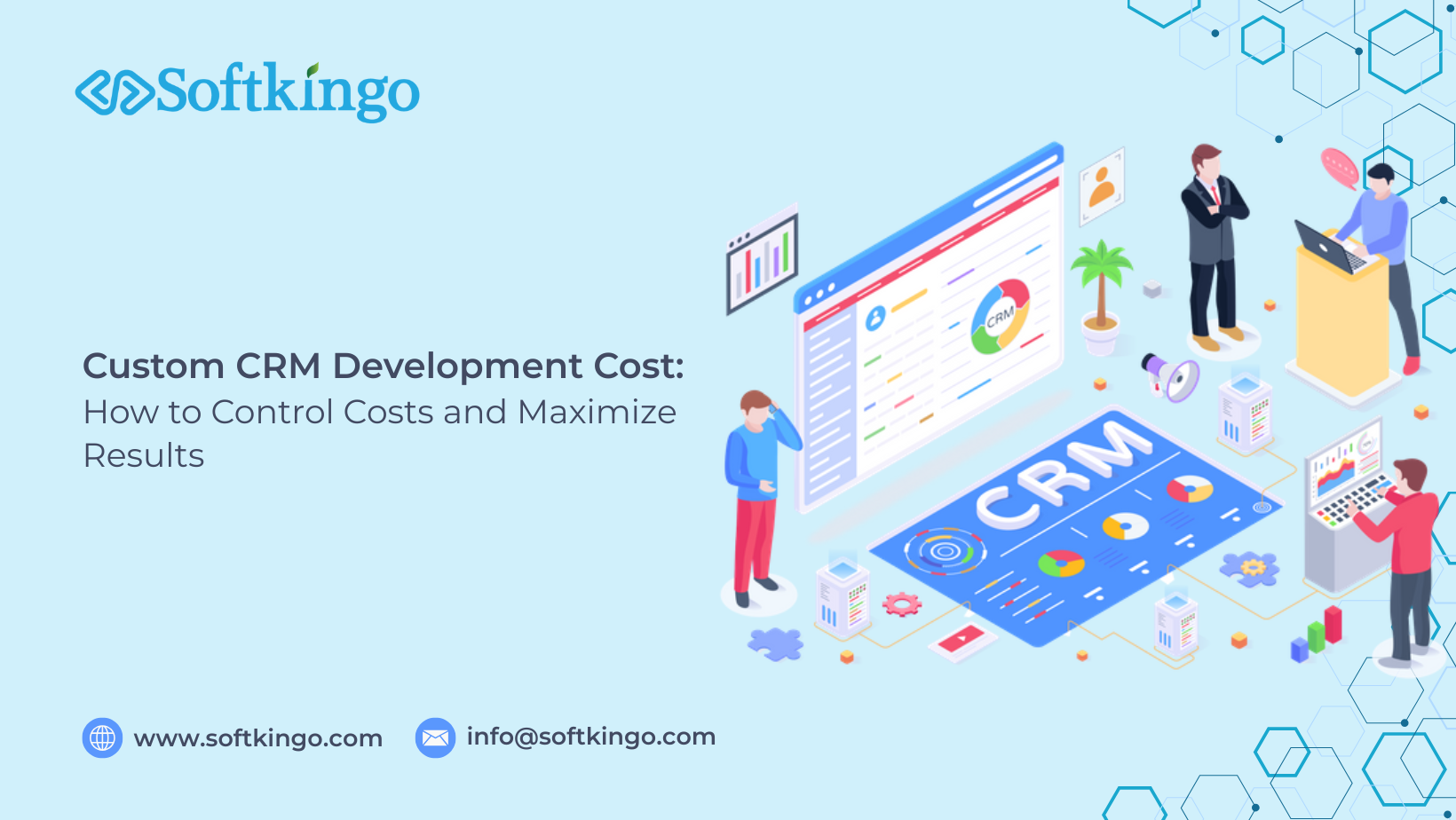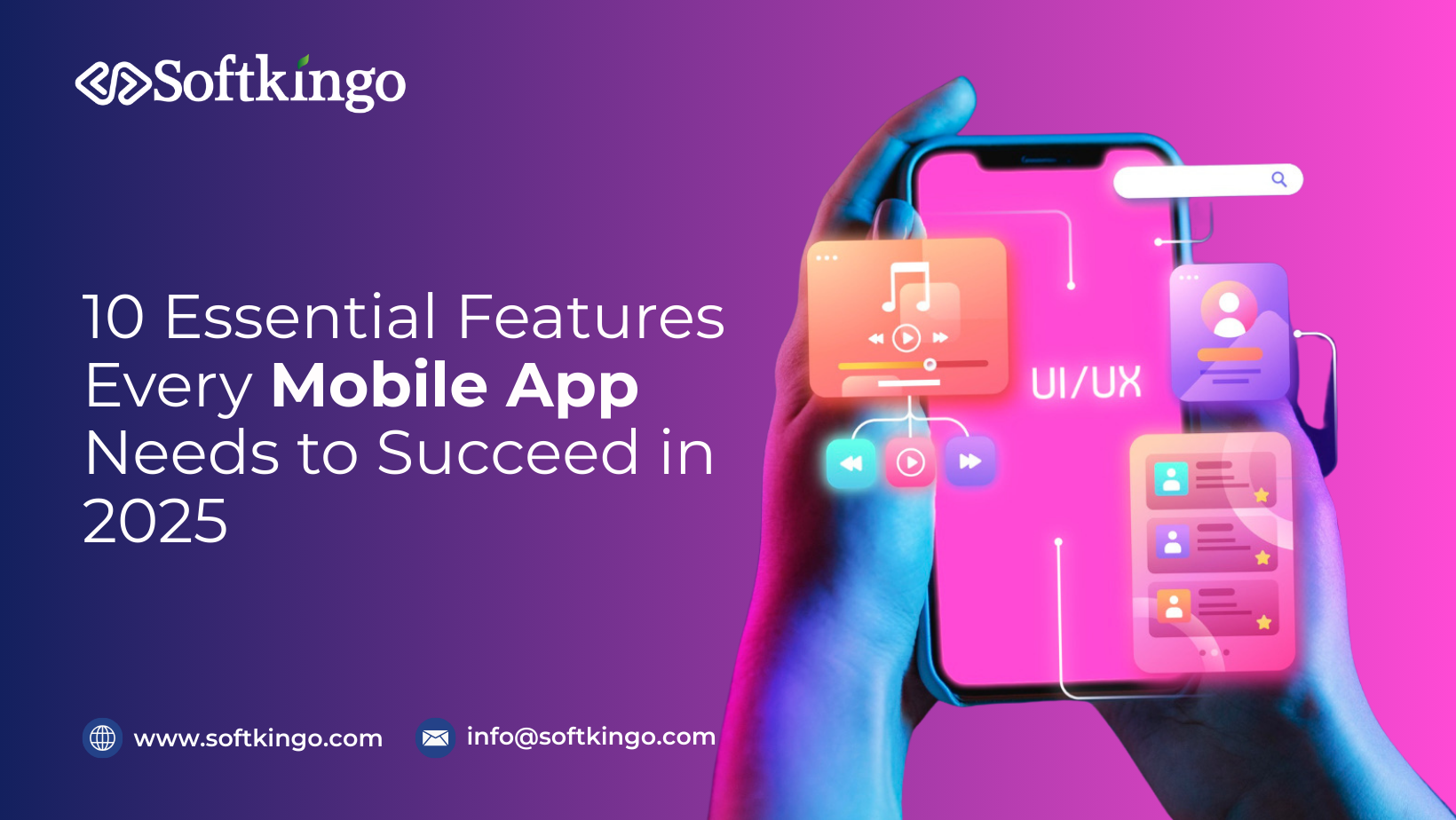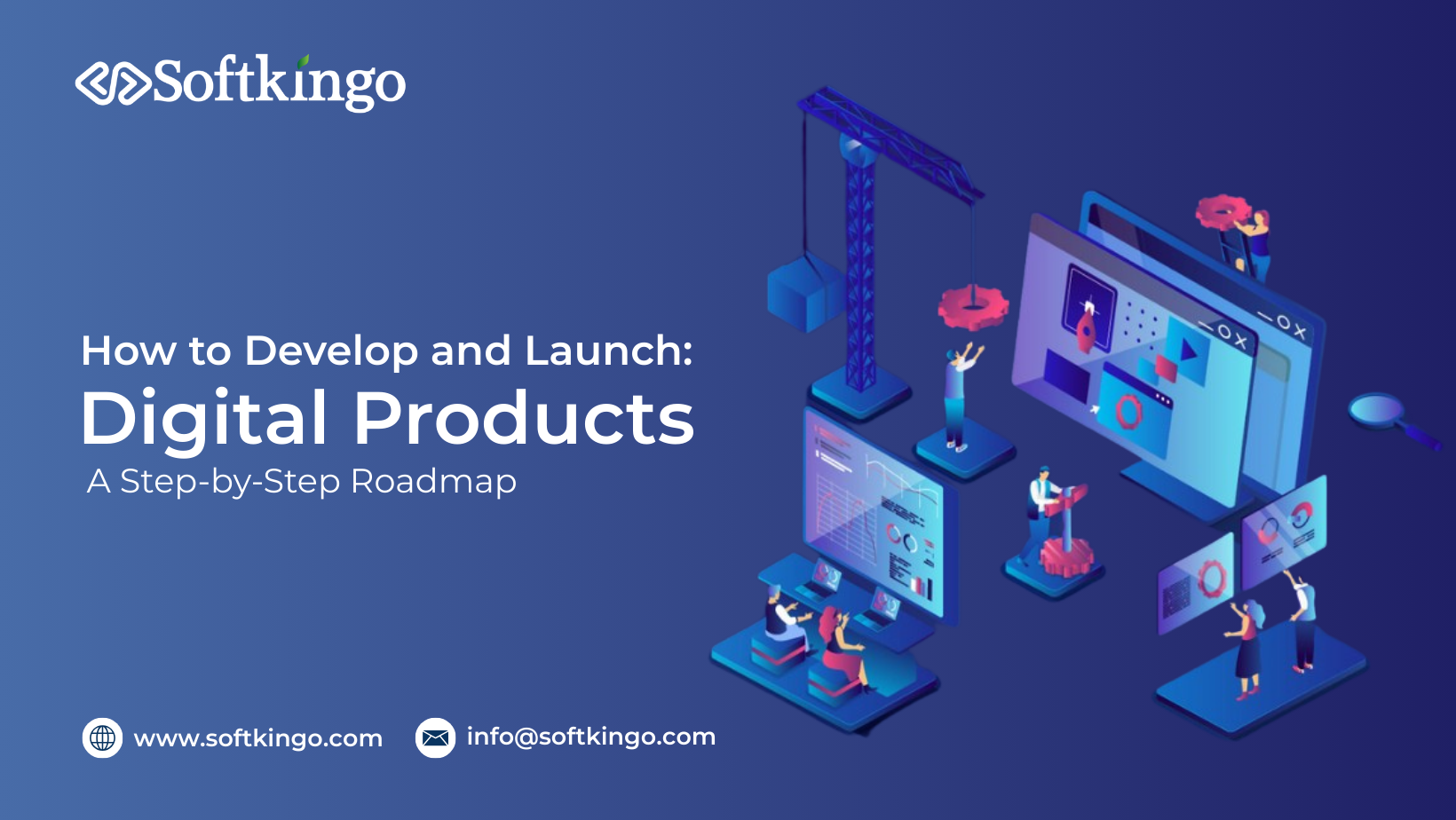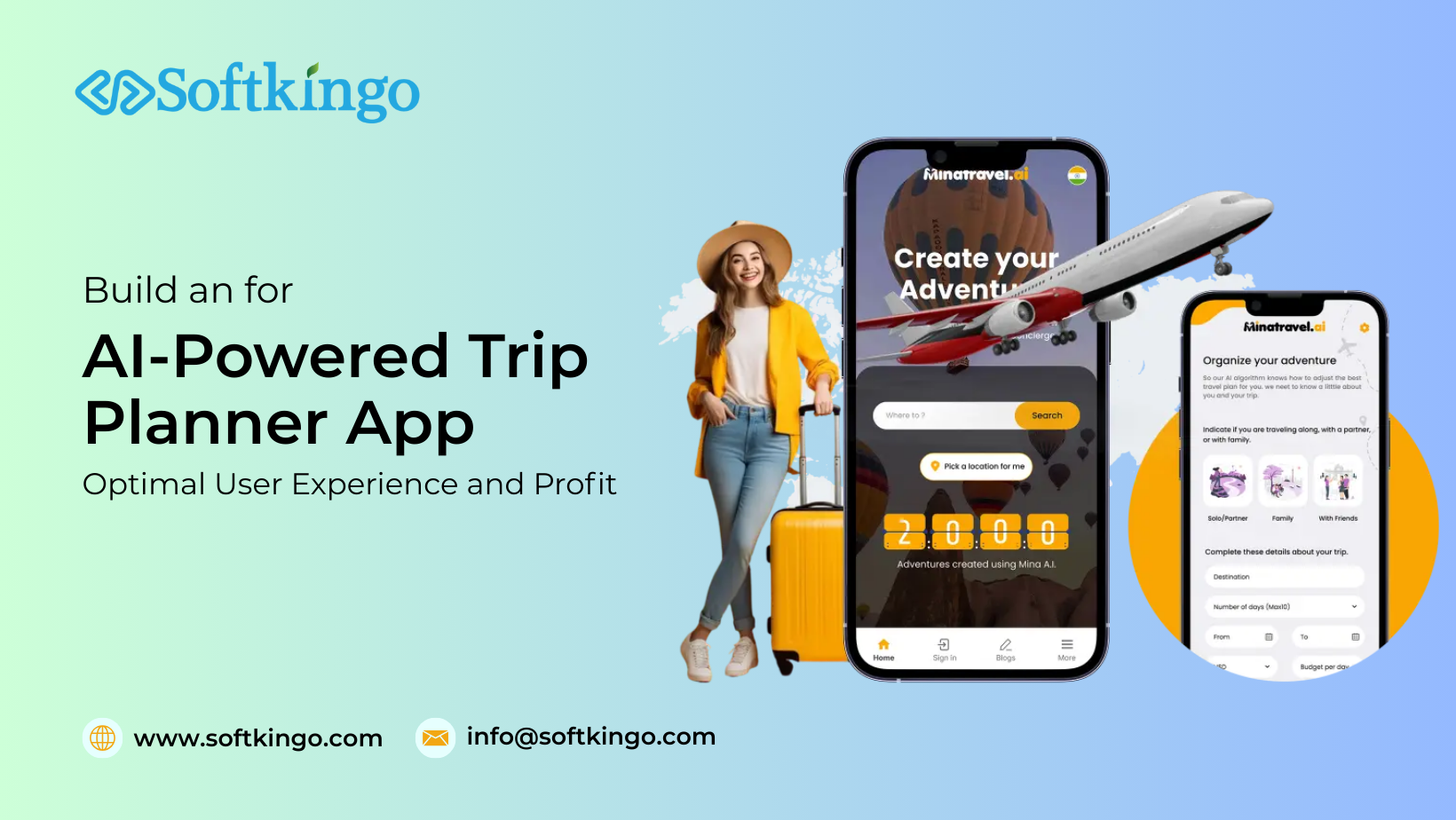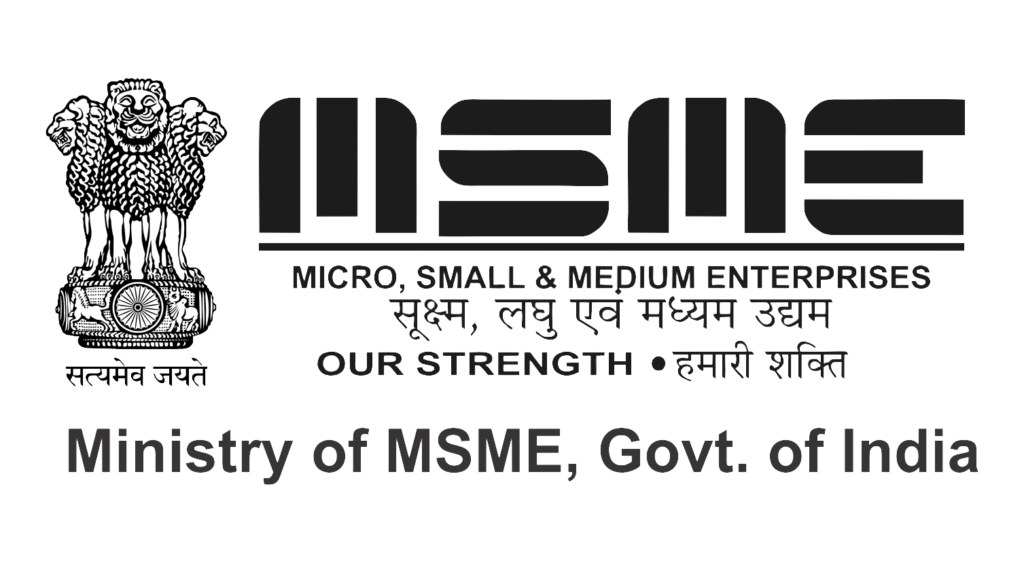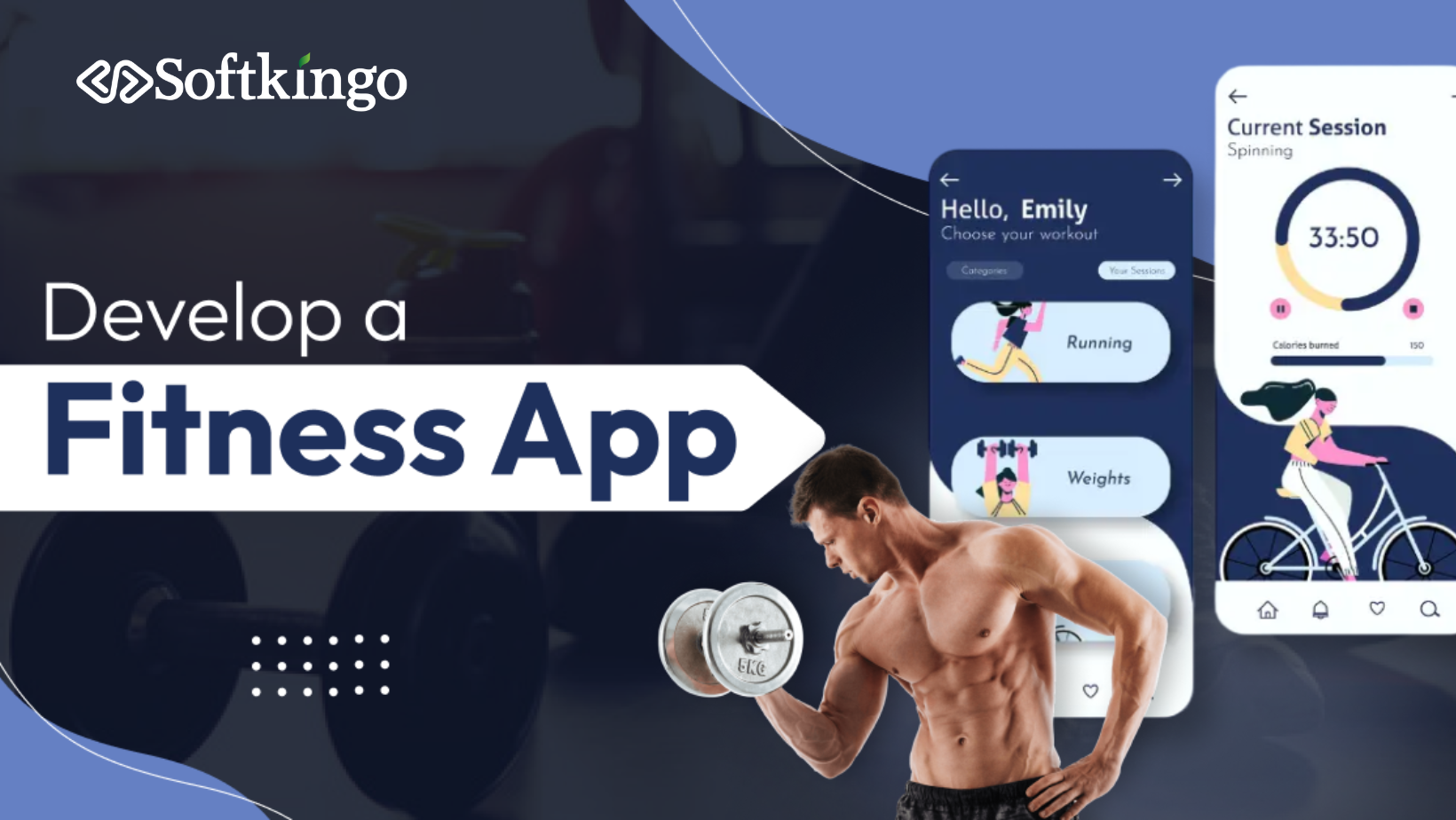
Fitness app development is gaining popularity as the app industry grows very rapidly these days. How do companies in the fitness app industry keep up and improve their services? How can you earn money from apps and increase your returns? In this article, we will address how to make and launch a fitness app that is better than others.
Ensuring your fitness app is easy to launch in the current market is as significant as making the product attractive enough to keep your users motivated to work out. Since the results from health and fitness apps are not instant, this task becomes even more complicated.
People turned to health and fitness apps in greater numbers due to the COVID-19 pandemic. With hundreds of apps available today, standing out in this field is quite difficult. We need to consider the basics of launching the best fitness apps that are useful for users, aid in making a return on investment and let companies retain their customers.
Analyzing the Fitness App Market for 2025 and Beyond
Before making a strategy for a health and fitness app, you should understand what is happening in the market, future forecasts and the major trends in app development expected in coming years.
Here is an overview of what’s happening in the fitness apps industry:
The fitness app market was valued at $1.21 billion in 2021 and is forecast to expand to $5.41 billion by 2030, at a rate of 18.1% every year.
Mobile and tablet users have access to more than 97,000 health and fitness apps.
The United States is where the best workout apps are used the most by consumers.
Over the next ten years, it is expected that both weight loss and exercise will be the leading segments with a CAGR of 19.4%.
These basic statistics and trends in the industry should help you develop a top-quality workout app.
How Should I Create a Fitness App That Works?
Let’s discuss the essential steps of developing a fitness app and see what it takes to make one.
1. Look into the market to see who your potential customers are.
Be aware of the popular trends appearing in the fitness app sector. Which apps have dominated people’s choices recently? Is the development of the fitness app industry going as planned? Can these applications bring you financial rewards if you reach the greatest levels of quality? Which apps are currently leading the market?
In addition, find out who is the group of people you are targeting with your product. Considering demographic and psychometric details will help you choose the best person to represent your intended app.
2. Find out what sort of fitness app will best appeal to your clients
Today, there are many fitness apps available that can greatly benefit individuals. You should first decide the type of fitness app you would like to develop before you start seeking tips on how to develop it.
- Workout tracker app
- Running app
- Activity tracking app
- Diet and nutrition app
- Fitness club/gym app
- Wellness app
- Personal trainer app
3. Consider the Basic Features You Want in the Fitness App
When designing a fitness app, it’s crucial to focus on features that not only meet user expectations but also support long-term engagement and revenue generation. The right set of features can significantly impact user retention, satisfaction, and the app’s monetization potential. Below is a detailed breakdown of essential features to consider:
1. Easy Signup and Login
An intuitive, hassle-free signup and login process is fundamental. Offer options such as:
- Email and password
- Social media login (Google, Facebook, Apple ID)
- Single sign-on (SSO) for corporate or enterprise wellness programs
The easier it is for users to onboard, the lower the bounce rate. This step should be quick, with optional two-factor authentication for added security.
2. User Profile Personalization
Collect relevant personal details like:
- Age, gender, height, weight
- Fitness goals (weight loss, muscle gain, endurance)
- Activity level and workout preferences
- Dietary restrictions or preferences
This data enables the app to deliver tailored fitness programs, meal plans, and health insights. Personalization is key to boosting user satisfaction and engagement, and it supports the delivery of premium content or upsells like custom coaching.
3. Visually Appealing and Intuitive UI/UX Design
The app’s user interface should be:
- Clean and modern
- Easy to navigate, even for non-tech-savvy users
- Optimized for both light and dark modes
A smooth user experience keeps users coming back. Good design is more than aesthetics—it’s about functionality, accessibility, and reducing friction in completing tasks like starting a workout or logging a meal.
4. In-Depth Tracking Metrics
Fitness progress tracking is one of the core reasons users download these apps. Include a wide range of measurable metrics:
- Calories burned
- Distance (km/miles)
- Workout reps and sets
- Weight lifted (kg/lb)
- Heart rate, steps, sleep (via wearable integration)
Clear, visual data dashboards and progress charts can help users visualize their achievements, which enhances motivation and app stickiness.
5. Hardware and Software Integration
Ensure compatibility with popular devices and platforms:
- Wearables (Apple Watch, Fitbit, Garmin)
- Health platforms (Apple Health, Google Fit)
- Smart gym equipment and Bluetooth devices
Integration not only expands the app’s functionality but also aligns with user expectations in a connected health ecosystem. It can also open opportunities for B2B partnerships and affiliate marketing.
6. Goal Setting and Customized Plans
Allow users to set fitness goals (e.g., “run 5K in 30 days” or “lose 5kg in 3 months”). Offer:
- AI-powered workout recommendations
- Adaptive plans based on performance
- Optional human coach support (as a premium service)
Customization drives better outcomes and higher satisfaction, which is essential for subscription-based monetization models.
7. Community and Social Features
Encourage user interaction with features like:
- Group challenges and leaderboards
- Fitness forums and chat rooms
- “Follow” and comment functionalities
Social accountability boosts consistency. In-app communities also foster user-generated content, which can drive organic marketing and engagement.
8. Push Notifications and Alerts
Keep users engaged with smart notifications, such as:
- Workout reminders and schedule alerts
- Progress milestones
- Motivational quotes or tips
- Time-sensitive promotional offers
These can be personalized based on user behavior and preferences to avoid being intrusive while increasing retention.
9. Social Media Integration
Enable users to share:
- Workout results
- Transformation photos
- Achievement badges
Integrating platforms like Instagram, Facebook, and X (formerly Twitter) allows for free app promotion and community growth through word-of-mouth and social proof.
10. Monetization-Ready Infrastructure
All features should be implemented with monetization in mind:
- Freemium model with premium subscription tiers
- In-app purchases (e.g., personal trainer sessions, custom diet plans)
- Ads (if done in a non-intrusive manner)
- Affiliate marketing (for fitness gear, supplements, etc.)
4. Making and using a prototype to test its usability
For the most part, the developers split-test several designs to understand which is most useful for users. After the prototype is finished and approved by you, get the suitable technology set up for the app’s development. What kind of technologies are right for a fitness app? Is it better to develop applications for Android and iPhone using native apps or with a cross-platform framework?
Use the leading software developers who can help build user-friendly and fully-featured apps for your fitness business. Having highly skilled developers on the team allows for proper design, creating a prototype, testing users, developing the application and deploying it. Such a company can help turn a simple idea into a pleasant and functional design for an app.
5. Build appropriate modules and have them run locally
Next, I focus on building sprints, testing, constructing, deploying the application and coding, all while delivering what the user is looking for and maintaining quality.
How Much Does Fitness App Development Cost?
Wondering how much does it cost to create a fitness app? The cost is determined based on the below-mentioned factors:
- Market research stage and business analysis
- The complexity of the UX, UI, and visual design
- The number of features you want to integrate and the complexity of developing
- Platforms, i.e., whether you want to build an iOS app, an Android app, or both
- The expertise of the development team and the country they belong to
- In most cases, the app development cost is determined on an hourly basis rather than a complete package.
How to Launch Your Fitness App?
Once you build a fitness app, it is important to launch it successfully and make it stand out. Here are the steps to building your own fitness app and launching it:
1. Curate Informative and Engaging Content
Simply building a high-quality fitness app and providing virtual health services is not enough if you want to drive more users and improve your ROI. It is important to reach the right target audience, spread awareness, and promote the app. Unique and engaging content plays an integral role here, clearly outlining what the fitness app is all about and how to use it. Use different platforms such as website content, blog posts, email marketing, press releases, or social media posts.
You can create a buzz by sharing the content on different channels before the launch, or you can set it for the big day. Publishing the pre-launch content can help you gather valuable feedback and real-time updates from your target audiences. Another important factor to keep in mind is to include your app download link in the content.
2. Make sure to define the metrics for tracking your goals
It is essential to set your goals for success as you start developing your fitness app. You need to set goals that can be tracked and compare the app’s performance to them. It is possible to configure your set-up to check the percentage of people who installed, the average app rating, the received ratings and reviews, sales and so on.
3. Learn how to optimize listings in the app store
Getting noticed by the correct users in the app store will set your health and fitness app apart from others. For this reason, App Store Optimization should not be overlooked. As a result, you can use keywords that people search for to improve the app’s visibility and make it easier for them to find.
Let Developers Manage the Creation of Your iOS App
The Final WordsCreating a health and fitness app is often hard work. Adding the best and most relevant features can help your users over a longer period. You need to carry out market research, focus on your targeted audience, create a prototype for testing and launch the app in the end. We employ advanced technology to design next-generation applications with plenty of functions that can speed up your business activities. Take the step and hire mobile app developers today.
Paramhans Singh is the CEO and founder of Softkingo Technologies, bringing over 8 years of experience in delivering custom software solutions that help startups and enterprises achieve their business goals. He has successfully validated more than 220 app and website ideas and delivered over 100 tailored solutions, utilizing a range of technologies such as Swift, Kotlin, React Native, Flutter, PHP, RoR, IoT, AI, NFC, AR/VR, Blockchain, and NFTs.




